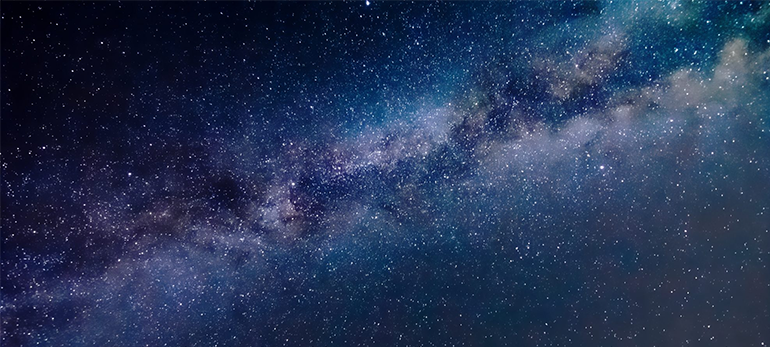Behind a curtain of dust, IV
LOCATION: Sexten Primary School - Via Panorama 6, Sexten
DETAILS
Luminous- and Ultraluminous infrared galaxies (LIRGs/ULIRGs) are extreme examples of star-forming and/or AGN-driven galaxies. The infrared output from these galaxies is powered by dust absorption and re-emission of photons originating in bursts of star formation – or from dust-enshrouded black hole accretion. These galaxies evolve rapidly and are the focus of intense study – for example at mm and submm wavelengths, where radiation penetrates the thick layers of gas and dust to reveal the extreme physical conditions in the circumnuclear regions of (U)LIRGs. Combining these studies with X-ray, g-ray, radio and IR observations allows for a disentanglement of the nature and evolution of the enshrouded activity in these galaxies.
Dust embedded galaxy evolution also occurs in less extreme galaxies – including nearby starbursts or enshrouded AGNs. Studying them at high resolution and sensitivity is fundamental to our understanding of how galaxies evolve in the Universe.
Questions include the relative importance of AGNs and starbursts and how the molecular cloud properties impact galaxy evolution. What is hiding inside the most extremely obscured galaxy nuclei and how is feedback impacting their evolution? How can gas flows on large and small scales be linked to nuclear growth and the accretion of a supermassive black hole?
With the advent of new infrastructure – ground based (e.g. ALMA) and space based (e.g. JWST), upcoming facilities such as SKA, and recent development of theory and models, molecules are emerging as new diagnostic tools for identifying activity, characterizing evolutionary status and developing a better understanding of the dust enshrouded growth of galaxies. This improvement in sensitivity and resolution enables the use of new tracers of physical conditions and dynamics, and the development of astrochemical diagnostic methods. The new facilities also allow us to characterize dust properties and the link to stellar and SMBH evolution.
With this workshop we aim to bring together leading theorists and observers in this field to focus on the questions of what powers the dusty evolution in AGN, starbursts and (U)LIRGs. What is the evolutionary role of (U)LIRGs in relation to normal galaxies and how can we use the new observational and theoretical tools to unlock their secrets? How does starburst activity interact with growing SMBHs in enshrouded nuclei? Are these processes similar or different to those that power (U)LIRGs? How do obscured star forming properties in our own Galaxy similar or different to those in dust enshrouded galaxies?
Please note that due to limited space at the meeting venue this workshop is by invitation only.
RELATED FILES
FEE
250 Eur
WORKSHOP CODE FOR BUS AND PAYMENT
BEH22
ORGANIZERS
Susanne Aalto, Sabine König, Jeff Mangum, Thomas Greve, Serena Viti, the CONquest team Contact: sabine.koenig@chalmers.se

